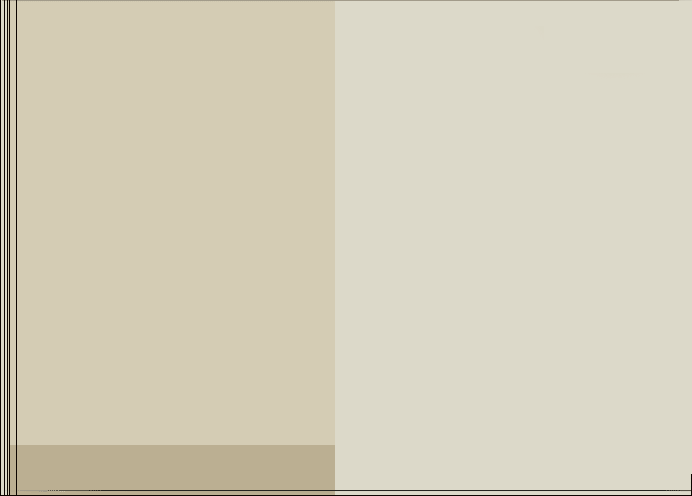 |  |
 |









Jewish education |
The system of new Jewish education in the capital took its definitive shape between 1904 and 1916. It comprised a variety of pre-school, school and post-school institutions and combined the study of general subjects with traditional Jewish disciplines. By that time broad experience in organizing such institutions had been acquired not only in the capital, but also inside the Pale. In 1906, a private Jewish school for boys (the first one outside the Pale) was opened in Petersburg. Its owner and headmaster was candidate of philology, Moscow University graduate, I. Eizenbet. For the first time in the history of St. Petersburg's Jewish community, Jewish children could receive both general and Jewish education at one school.![]()
In addition to the Russian language, the gymnasium curriculum included Hebrew, German, French, Latin, optional Greek, all subjects studied at gymnasiums and also Jewish history, painting, and singing. After-school activities, such as excursions, and readings with "magic lanterns", were widely available. The school had sports activities, a choir, and an orchestra. But, the Eizenbet gymnasium could not enroll all the Jewish boys whose parents wanted them to have a gymnasium education and a good knowledge of Hebrew, Tanakh, and Jewish history. A system of further Jewish education was being created for Jewish students of city gymnasiums and schools where teachers of "Moses' law" were not available. Attempts to establish such courses under the auspices of the synagogue were not successful, but in 1914 the Committee of the Jewish Society for the Promotion of Extra-curricular Education was set up.![]()
The network of Jewish elementary schools was expanding. In addition to the OPE school, a school of the "Tsdako Gdailo" society on Vassilyevsky Island, a school of the Society the Care of Children of Poor Jews of the Peski District, talmud-torah "Mogen-Dovid" named after Baron David Gunzburg, and the school of the "Ivrio" society were opened. Most of these schools were set up as a result of the reorganization of cheders at district prayer houses. Preschool institutions for Jewish children - then called "hearths" - were opened as well. In 1915 the capital had two Jewish "hearths" and the next year another "hearth" was opened by the Society for the Preservation of the Health of the Jewish Population in connection with the influx of war refugees. These institutions practiced advanced teaching methods, such as composition of stories based on pictures, games, and singing.![]()
During this period St. Petersburg remained the center of new teaching methods for Jewish schools. In 1904-1905, OPE published the journal "Yevreyskaya Shkola", or "The Jewish School", and in 1910-1916 "The Herald of the Society for the Spread of Education among the Jews of Russia", or "The Herald of Jewish Education". This journal dealt not only with teaching theory, but also with the state of public and private Jewish schools throughout the Empire, both inside and outside the Pale. The newly-opened scientific and educational societies set up public lecture centers. Thus, on assignment of the Committee of the Jewish Literary Society Tsinberg developed a course on new Jewish literature to be offered at the public lecture center of this Society.![]()
Private individuals, for example, ink-maker Aron Levenshtein, also presented proposals concerning reorganization of Jewish education, but the real breakthrough in building the Jewish education system came with the founding of the Jewish Academy. In his petition Baron David Gunzburg pointed out that the aim of the Academy was to study Jewish literature and related subjects. The five-year curriculum of the future higher education institutes included ancient languages (among them Assyrian), modern European and Oriental languages, general Jewish history, history of the Jews of Poland, Lithuania and Russia, history of Jewish literature and liturgy, Tanakh, Talmud and commentaries on them, as well as medieval rabbinical literature, courses in logic, psychology, didactics, pedagogy and ethics.![]()
In 1907 the Ministry of Public Education permitted Baron David Gunzburg to open a higher Jewish school under the name of "Courses in Oriental Studies" (unofficially also called "Baron D.G. Gunzburg Jewish Academy"). The entrance requirement was a secondary education of any kind, including extension education. Additional courses were provided for students with a weak knowledge of the Tanakh. The teaching staff of the Academy included such leading experts as Markon, Dubnov, Vishnitser, Sliozberg and David Gunzburg himself, but the majority of students had only external education and lacked a good grounding in general subjects. The most advanced of them were historian I.Klauzner's students from Odessa, Petersburg University students who attended evening lectures, and some female students from the Bestuzhev courses.![]()
Some students of the Jewish Academy later became well-known scholars and politicians: Zalman Rubashov (Shazar), the third president of Israel, Solomon Tseitlin, a prominent scholar specializing in the epoch of the Second Temple, Iyehiyel Ravrebe, linguist, historian and poet. There is evidence that Ravrebe taught Shalyapin to sing "Ha-Tikva" in Hebrew and in the Russian translation. After David Gunzburg died, he was succeeded as rector of the Academy by Lev (Iehuda Leib) Katsnelson, a physician, Jewish social activist, writer and scientist. The latter graduated from the Zhitomir rabbinical school, then from the Medico-Surgical Academy, took part in the Russian-Turkish war of 1877-1878, authored works on the history of medicine and wrote many works in Hebrew. Katsnelson was the vice-chairman of the Society of Lovers of the Hebrew Language, a member of the OPE and JCS boards, and coeditor of the "Jewish Encyclopedia".![]()
Eizenbet gymnasium at 18, Teatralnaya Square


